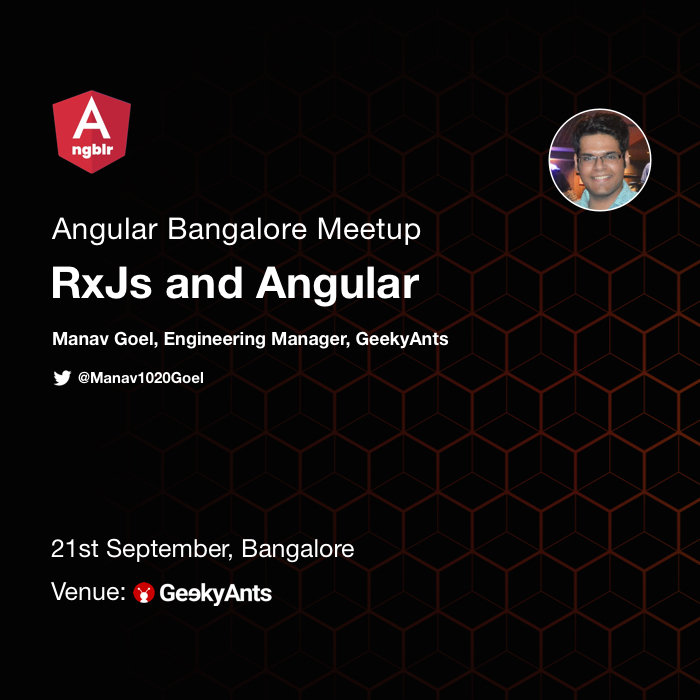
THE
WORLD

Useful Concepts
- <ng-content> directive
- Using :host and ::ng-deep for View Encapsulation

<ng-content/>

Next Gen Engine
Next-generation code compilation and rendering engine developed by Angular Team.
IVY


ng new my-app --enable-ivy{
"compilerOptions": { ... },
"angularCompilerOptions": {
"enableIvy": true
}
}Next Gen Engine
IVY
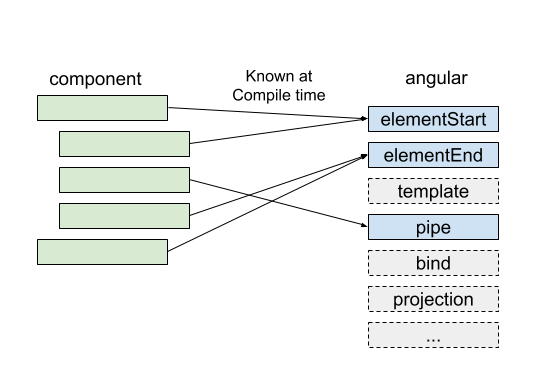
Improve Tree shakeable



Low memory Foot-prints

Next Gen Engine
IVY
INTRODUCTION

{Reactive programming}

- Observables
- Subjects
- Subscription
- Scheduler
- Operators
FUNDAMENTALS
WHY

No More

fake
PROMISES
Let's
RxJS
😏
😎
Lazy Execution
Cancellable
😴
🛑
WHY

The keyword here is asynchronous.
Most libraries/frameworks already allow you to write reusable and configurable code, but can it be easily invoked from asynchronous actions?

WHY


ReactiveX combines the Observer pattern with the Iterator pattern to fill the need for an ideal way of managing sequences of events.
WHY



- RxJS has a whole range of operators that helps you control how the events flow through your observables.
- You can transform the values passed through your observables.
It allows you to specify the dynamic behavior of a value completely at the time of declaration.

WHY


- What makes RxJS powerful is its ability to produce values using pure functions. That means your code is less prone to errors.
- RxJS follows the functional programming paradigm.
WHY




REAL WORLD
in

REAL WORLD
in
Data-Table
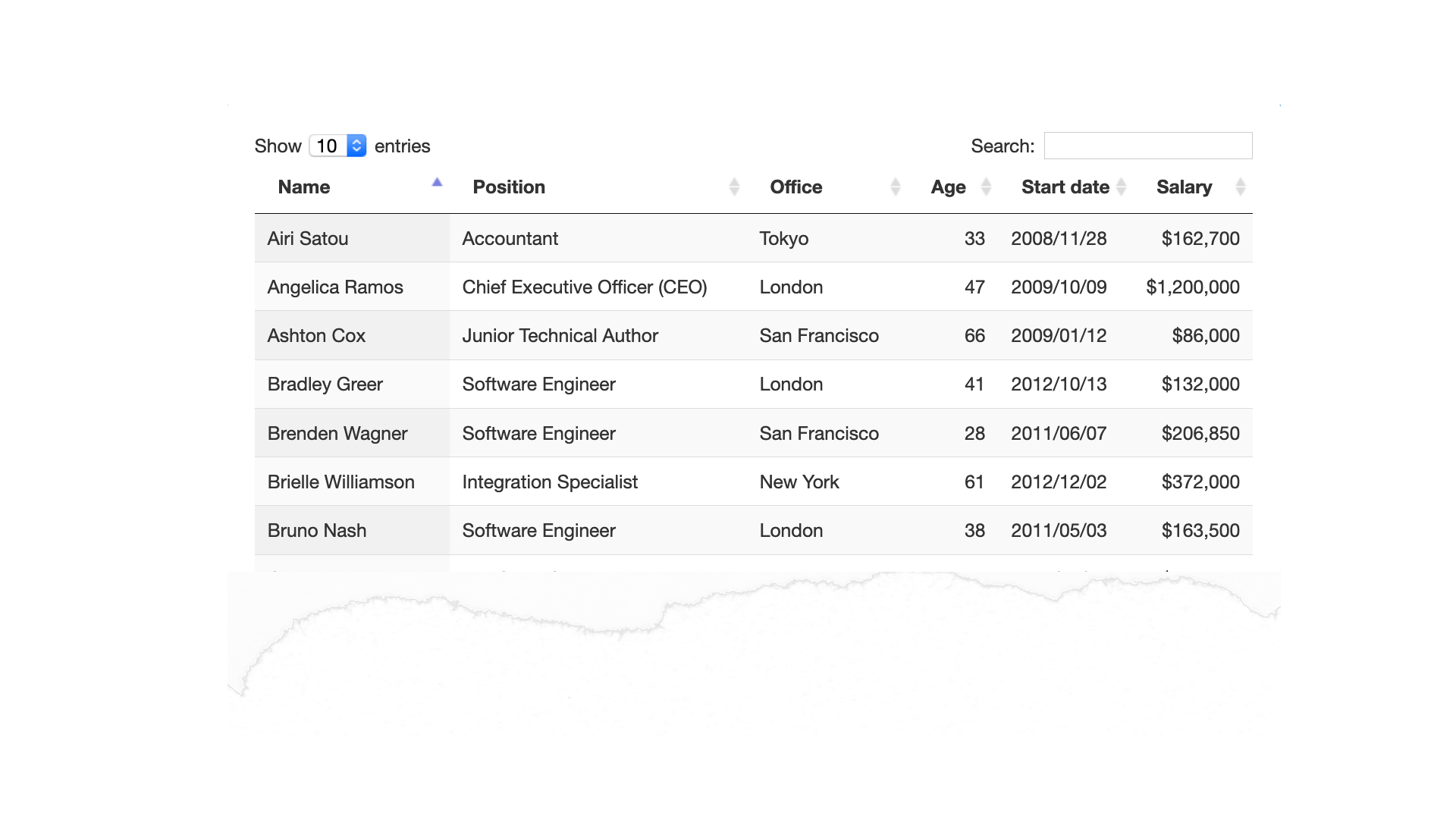
public getAll<T>(
url: string,
options: any = {},
sortKey: string = '',
authenticated: boolean = false
): Observable<T> {
url = this.buildQueryUrl(url, options); // builds url with supplied parameters
return this.http.get<T>(url, this.buildHttpHeaders(authenticated))
.pipe(switchMap(res => of(res)));
}
private buildQueryUrl(url: string, options: any, id: string = ''): string {
if (id) url = url.concat('/', id);
let queryParams = '';
if (options && Object.keys(options).length > 0) {
for (let key in options) {
queryParams = queryParams.concat(
encodeURIComponent(key),
'=',
encodeURIComponent(options[key]),
'&'
);
}
url = url.concat('?', queryParams.substring(0, queryParams.length - 1));
}
return url;
}
REAL WORLD
in
Data-Table

REAL WORLD
in
Live-Search

export class HeroSearchComponent implements OnInit {
heroes$: Observable<Hero[]>;
private searchTerms = new Subject<string>();
constructor(private heroService: HeroService) { }
// Push a search term into the observable stream.
search(term: string): void {
this.searchTerms.next(term);
}
ngOnInit(): void {
this.heroes$ = this.searchTerms.pipe(
// wait 300ms after each keystroke before considering the term
debounceTime(300),
// ignore new term if same as previous term
distinctUntilChanged(),
// switch to new search observable each time the term changes
switchMap((term: string) => this.heroService.searchHeroes(term))
);
}
}
REAL WORLD
in
Live-Search

OPERATORS
few

OPERATORS
few
- pipe
- of
- from
- fromEvent
- map
- tap
- forkJoin
- timer
- interval
For more details: https://rxjs-dev.firebaseapp.com/guide/operators

OPERATORS
few
{ switchMap | mergeMap | concatMap }
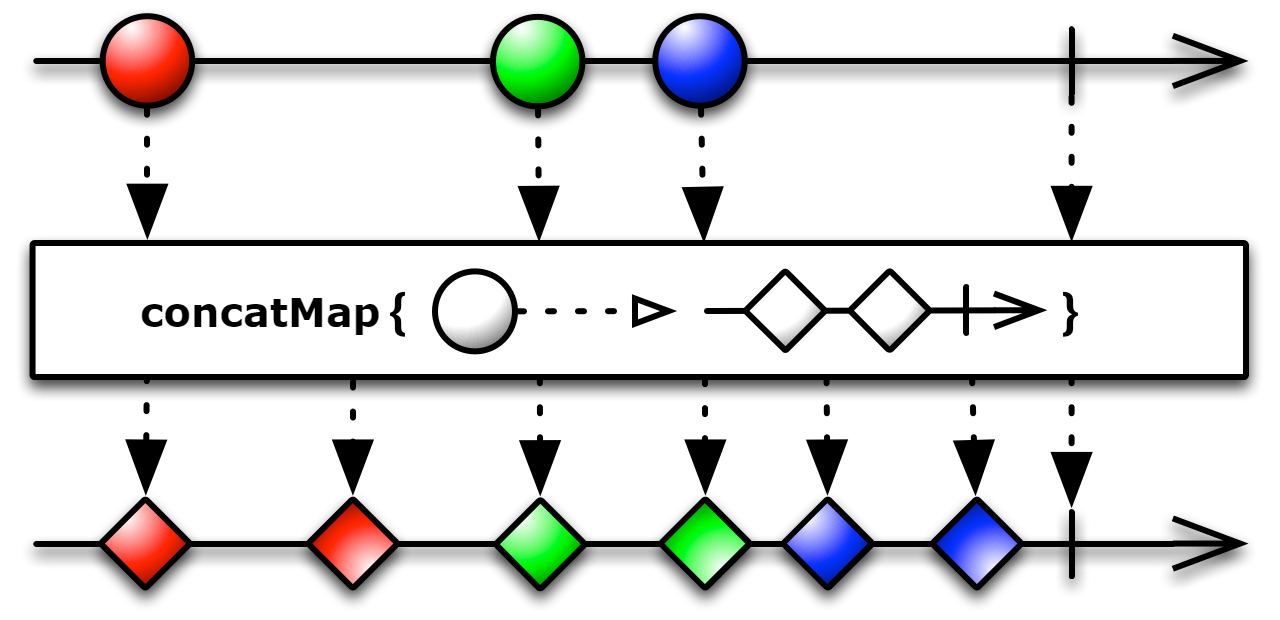
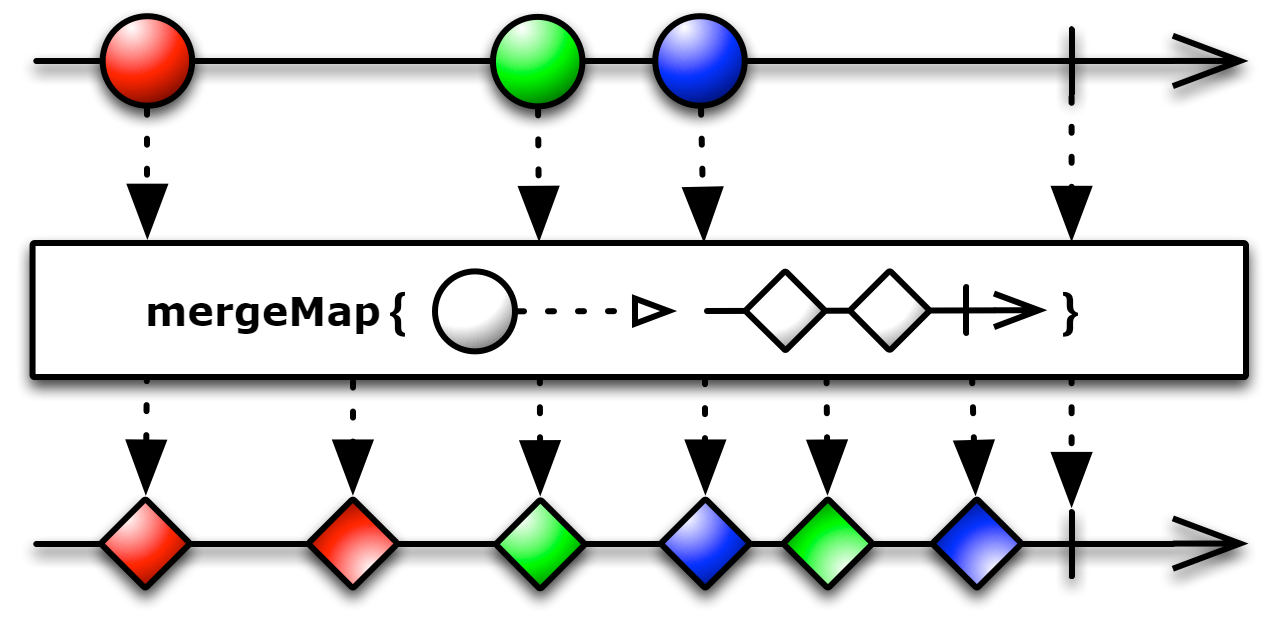
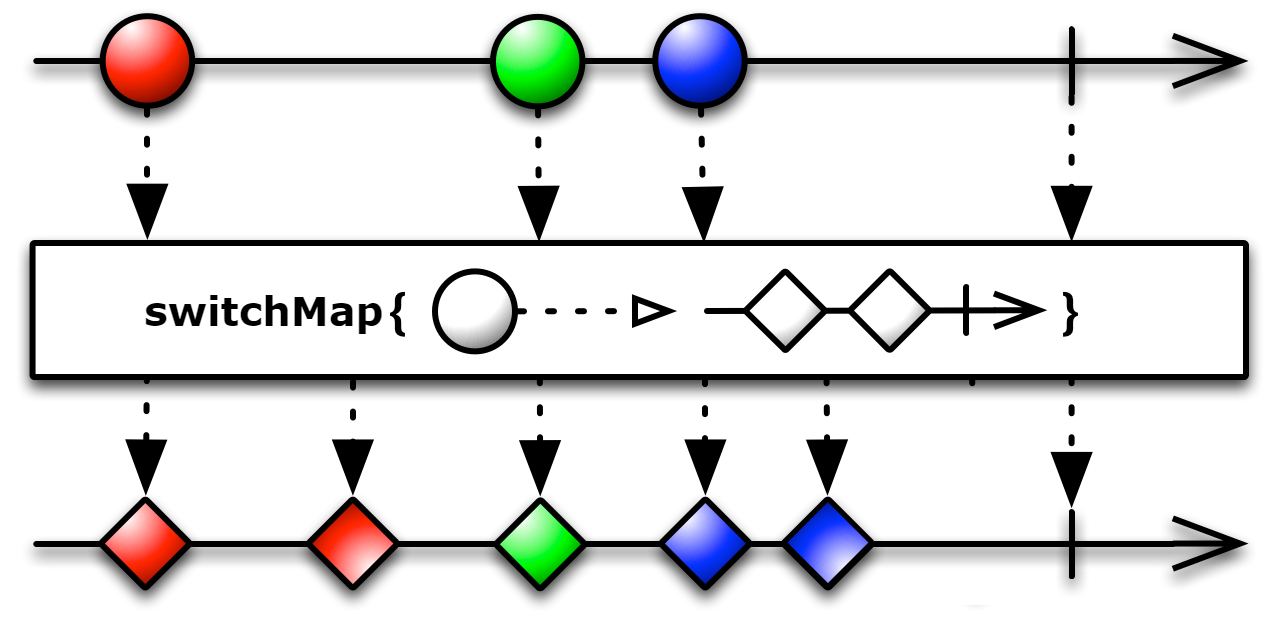

BEST PRACTICES

BEST PRACTICES
- Always unsubscribe.
- Avoid nested subscription.
- Use pure functions.
- Use async pipe.
- Don't expose subjects from your services.
- Never pass streams to child component.
Let's Discuss your Queries.




RxJs and Angular By Manav
By Manav Goel
RxJs and Angular By Manav
- 483



